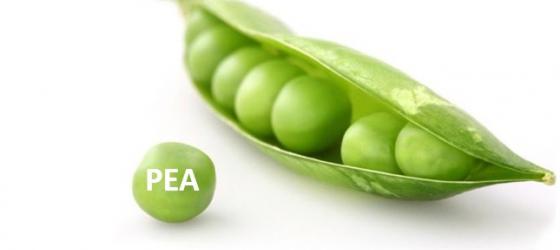Research project: Horizon Europe ERCStg 2021 G.A. n. 101040535
PI: Enrico Terrone
Host Institution: Università di Genova
Project duration: 60 months
Project description: Ancient Greeks used one word, techne, to designate both technology and art. It is only in modern times that art gained autonomy, becoming the object of one philosophical discipline: aesthetics. However, the emergence of mass media, and then of digital media, has brought art back to technology, challenging its autonomy. In this situation, some basic philosophical questions about art regain centrality: Why art? What is art for? Which is the role of art in a technological society like ours?
The traditional answer stresses the uniqueness of art, pointing to the essential difference between artworks and technical artifacts. The increasing interchange between art and technology, however, encourages us to question this statement, pursuing an alternative strategy. The hypothesis is that artworks belong to a technical kind which has been overlooked so far: the kind of experiential artifacts whose function consists in triggering experiences. Art is severed from technology only if one focuses on artifacts such as hammers or engines whose function consists in producing concrete effects. Yet, once experiential artifacts have been recognized, one can fruitfully trace art back to technology, rethinking forms of art as techniques for generating different types of experiences. The PEA project launches the philosophy of experiential artifacts as a new area of inquiry in which the relationship between art and technology can be properly studied, thereby offering a new conceptual toolbox for historical and empirical research. This will be done through a fourfold methodology in which aesthetics and the philosophy of mind analyze the experiences that experiential artifacts are meant to trigger, while metaphysics and the philosophy of technology investigate the structure in virtue of which they perform this function. PEA will thus reconceptualize artworks as technical artifacts that we value for the way in which they enable us to enrich, share and coordinate our experiences.
This work is supported by ERC grant PEA, 101040535. Funded by the European Union. Views and opinions expressed are however those of the author(s) only and do not necessarily reflect those of the European Union or the European Research Council Executive Agency. Neither the European Union nor the granting authority can be held responsible for them.
